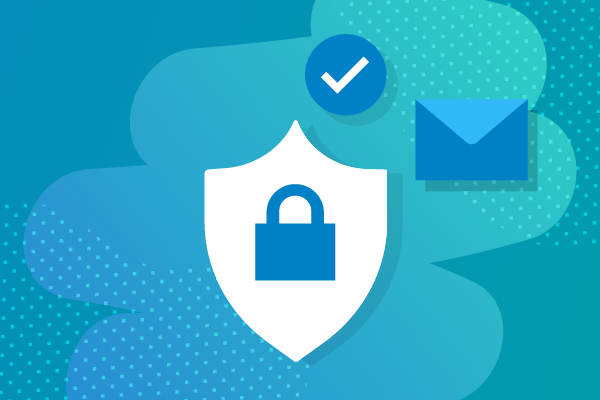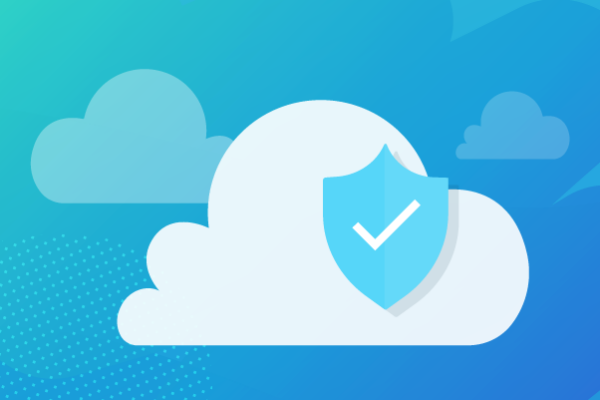What Is NIST Compliance and How to Be Compliant?
After almost every type of cyberattack spiked in 2021, cybersecurity is more critical than ever for MSPs and your clients. NIST compliance offers one approach to improve your cybersecurity posture. Are you NIST compliant? Should you be?
Learn more about NIST compliance and what it can bring you and your clients.
What is NIST?
The National Institute of Standards and Technology (NIST) is a non-regulatory agency that is under the U.S. Department of Commerce. It develops technology, metrics, and standards to promote innovation and economic competitiveness. NIST standards are focused on data security for the science and technology industries. However, they have wider applications in many other industries.
The agency bases its standards on best practices from various security documents, organizations, and publications.
What is NIST Compliance?
NIST compliance means following the requirements of a NIST standard. It’s an ongoing process, which involves regular reassessments and adjustments to ensure continuing compliance.
The most widely-adopted standard is the NIST Cybersecurity Framework. As the name suggests, it deals with cybersecurity threats. Other standards include NIST 800-171 and NIST 800-53. They address controlled unclassified information (CUI).
Who Needs to Comply with NIST?
Federal agencies must comply with NIST. NIST guidelines help those agencies meet Federal Information Security Management Act (FISMA) requirements. The only exceptions are national security programs and systems.
Companies and contractors that do business with the federal government should comply with NIST. A compliance requirement may be included in the contract a business signs with the government.
Businesses that hope to bid on government contracts should also comply with NIST as being in compliance removes one potential obstacle in the bidding process.
Benefits of NIST Compliance
NIST compliance isn’t mandatory for private-sector businesses that don’t bid on government contracts. As a managed service provider (MSP), you won’t face a NIST compliance audit. However, implementing NIST standards brings many security benefits for you and your clients.
Better Data Security
Compliance with the NIST Cybersecurity Framework helps you secure your data and your network. You have better protection against cyberattacks, malware, ransomware, and other digital threats keeping you and your clients more secure.
Data breaches hurt your clients, you, and your reputation. Compliance with NIST standards helps prevent these incidents.
Easier Compliance with Other Regulations
NIST compliance can help you comply with other privacy and data security regulations. NIST and HIPAA (Health Insurance Portability and Accountability Act) are a common pairing for many companies. The HIPAA Security Rule Crosswalk to NIST Cybersecurity Framework outlines how the two systems map onto each other.
More Resiliency for Your Business
Stronger infrastructure makes you more resilient if a cyberattack succeeds. The attack will have a more limited effect, and you can recover more quickly.
Competitive Advantage
Confidence in an IT company’s ability to protect clients’ data is an important factor for choosing an MSP. Compliance with NIST can put you ahead of the competition, by demonstrating your commitment to high cybersecurity standards.
Overview of the NIST Cybersecurity Framework
The NIST Cybersecurity Framework is a risk management framework. It doesn’t create new standards, concepts, or technologies. Instead, it’s based on cybersecurity best practices from experts and standards bodies like the International Organization for Standardization (ISO).
NIST designed the Cybersecurity Framework to help organizations better manage and reduce cybersecurity risks. It improves communication between internal and external stakeholders.
Contents of the Cybersecurity Framework
The NIST Cybersecurity Framework has three main components: Framework Core, Implementation Tiers, and Profiles. One of the strengths of the framework is its flexibility: Within each framework component, you and your clients can tailor the program for your circumstances.
Framework Core
The NIST Cybersecurity Framework Core has five functions:
Identify
Protect
Detect
Respond
Recover
These five areas represent the lifecycle of cybersecurity risk. Each area is divided into categories and subcategories. They help identify the outcomes you want in creating or improving your cybersecurity program.
Framework Implementation Tiers
The NIST Cybersecurity Framework tiers describe how well your risk management practices follow the practices in the framework. The four tiers move from being partially implemented to well-implemented:
Partial
Risk informed
Repeatable
Adaptive
A business can choose the tier that best meets its objectives as the goal.
Framework Profiles
A profile shows how an organization’s requirements, goals, risk tolerance, and resources align with the desired outcomes in the Framework Core. Profiles help you identify gaps in your current profile. Fixing these gaps helps you move from your current profile to your target profile.
Implementing the NIST Cybersecurity Framework
The Cybersecurity Framework is modular and scalable. Businesses can use the entire framework or just parts of it.
Your clients can start with the categories and subcategories that are most urgent. They can add categories when they’re ready, and adapt the framework as their business needs change.
Ideally, organizations will constantly be moving closer to their target profiles and desired implementation tiers.
NIST vs. CIS Standards
Many organizations offer cybersecurity standards. NIST and Center for Internet Security (CIS) are two of the most well-known. The CIS guidelines are called Critical Security Controls.
The two systems are similar in many ways. Their major differences are that CIS tends to be more specific, while NIST is more flexible. The flexibility of NIST makes it easier to map CIS onto it.
Whether you choose the NIST or CIS framework or both, compliance will improve your cybersecurity practices.
Get Better Cybersecurity Risk Management with NIST Compliance
NIST compliance isn’t mandatory for most private-sector businesses. However, complying with the NIST Cybersecurity Framework has many benefits for you and your clients. Your IT infrastructure will be better protected against cyber threats from a range of sources, and you can respond more quickly if an attack occurs.
Datto helps you protect client data and workloads. We can assist you with implementing NIST for cloud security, local servers, and/or end-user computers.
Our solutions are made specifically for the needs of MSPs. With Datto, you know you’re getting the right solutions for you and your clients.
Request a demo to learn more about how Datto can meet your cybersecurity needs.



